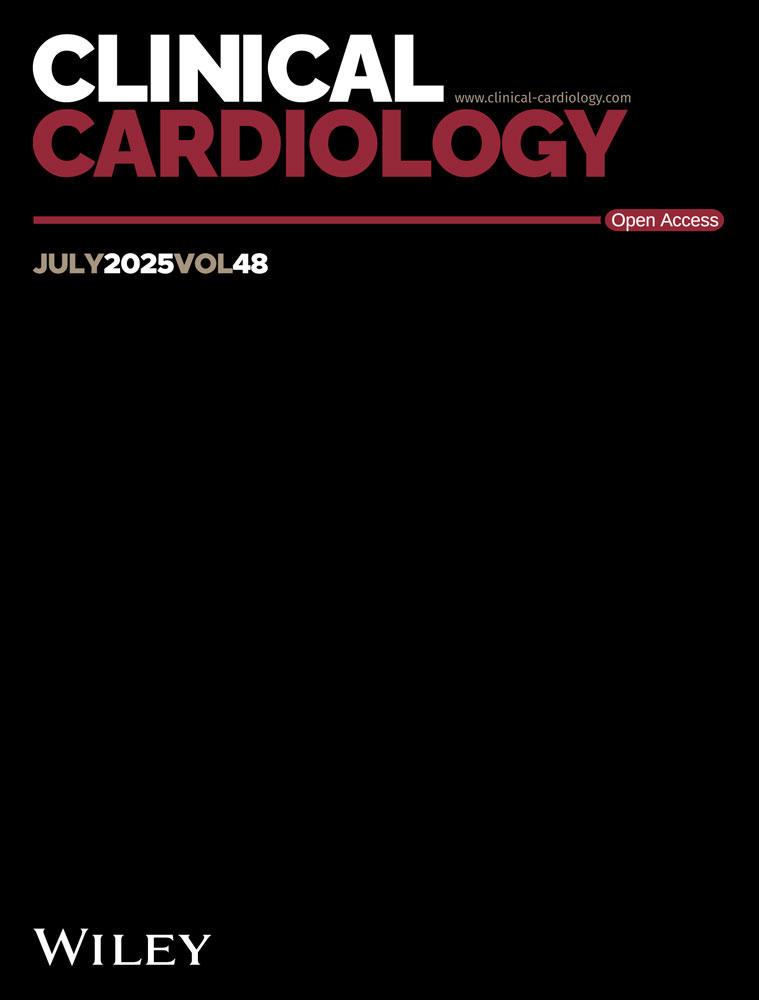A simultaneous study of doppler-echo and catheterization in noninvasive assessment of the left ventricular dp/dt
Abstract
To confirm the feasibility and accuracy of the method for the noninvasive measurement of the left ventricular dp/dt, 53 patients with mitral regurgitation underwent simultaneous determination of left ventricular dp/dt by continuous-wave Doppler echocardiography and cardiac catheterization. Doppler-determined left ventricular dp/dt is derived from the Doppler mitral regurgitant spectrum by dividing the magnitude of the left ventricular-atrial pressure gradient rise between 1 and 3 m/s of the mitral regurgitant velocity signal by the time taken for this change. Left ventricular dp/dt by Doppler ranged from 629 to 3494 mmHg/s (x̄ ± SD, 1971 ± 785 mmHg/s), and that by catheterization varied between 716 and 3650 mmHg/s (x̄ ± SD, 1974 ± 727 mmHg/s). There was a high correlation (r = 0.93, y = 0.862 × + 274.77, SEE = 271 mmHg/s, p < 0.001) of left ventricular dp/dt between the two techniques. It is concluded that left ventricular dp/dt is one of the most commonly used parameters for the evaluation of left ventricular systolic function and that Doppler echocardiography provides a new, accurate and noninvasive method of evaluation.




